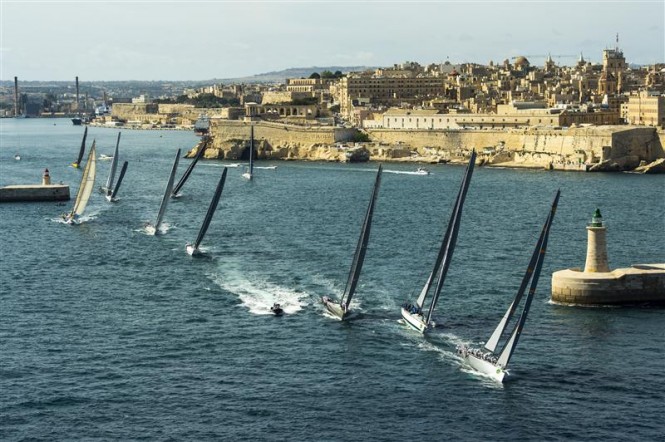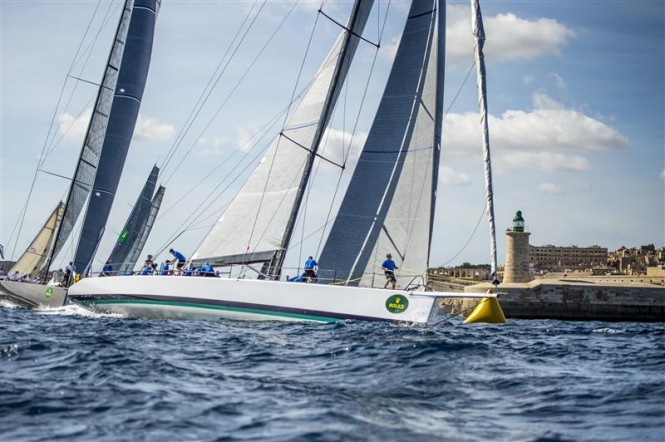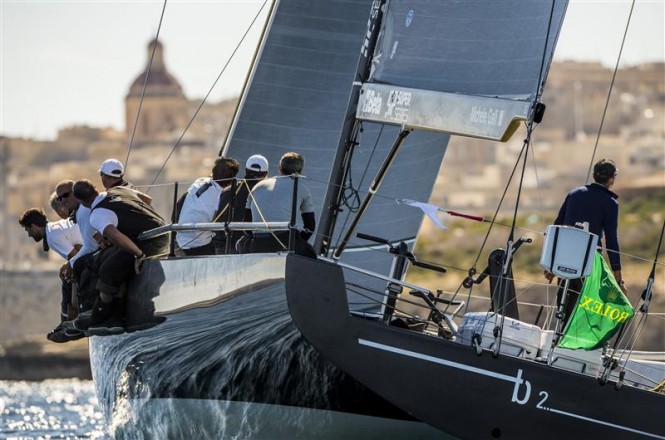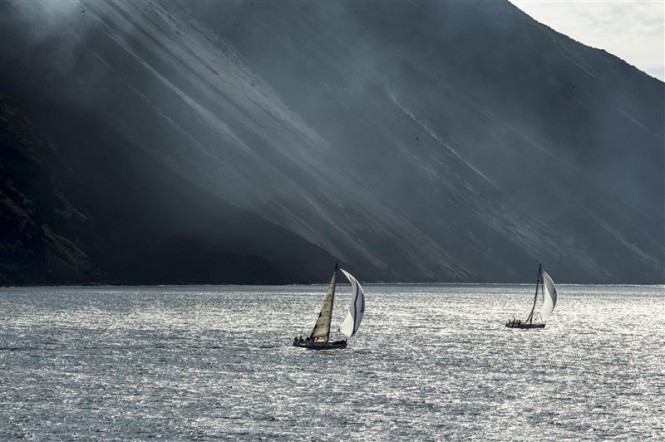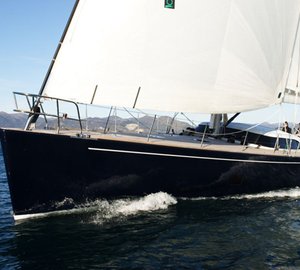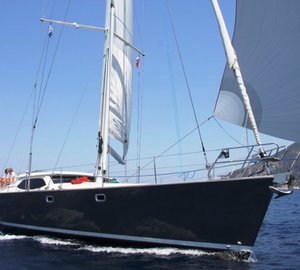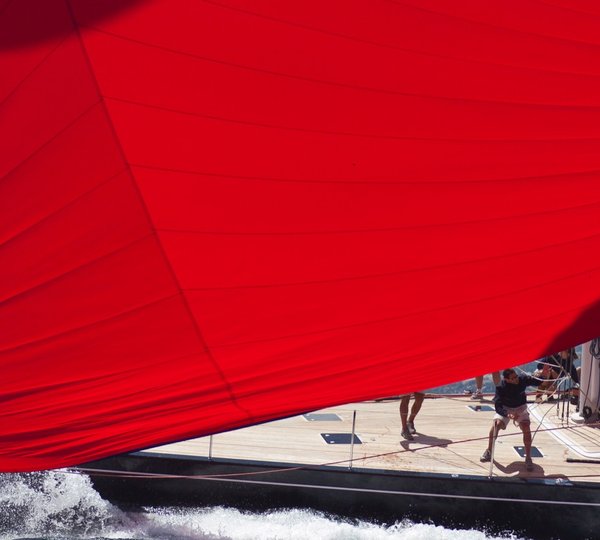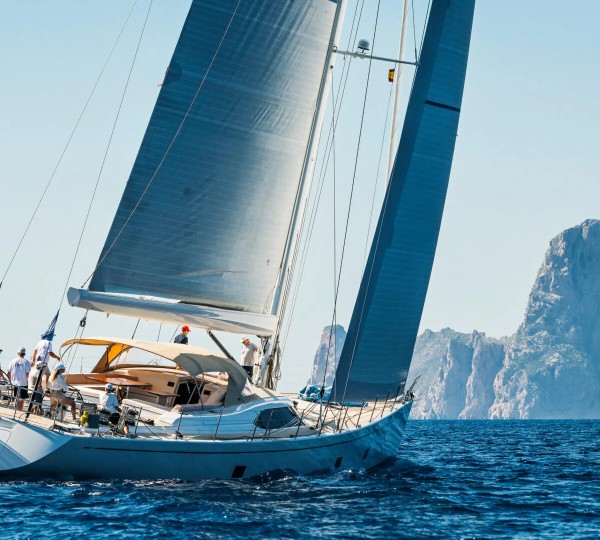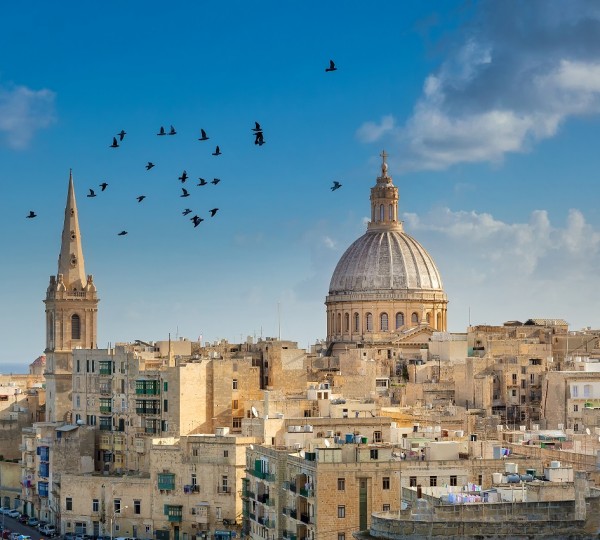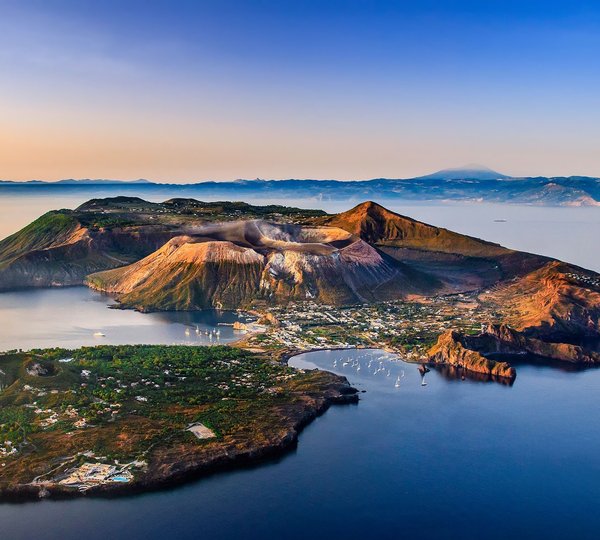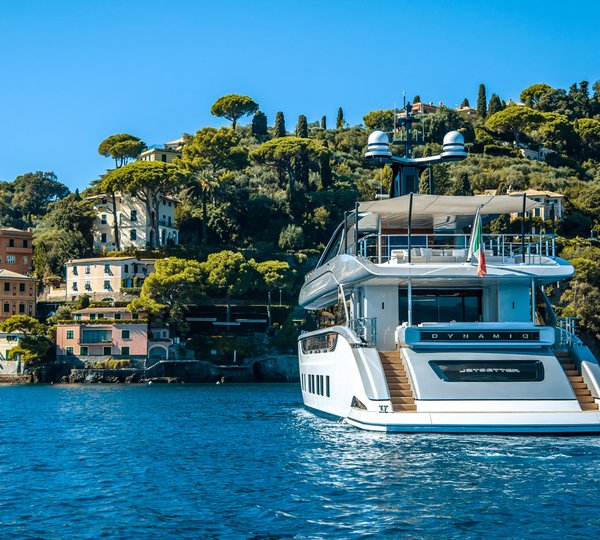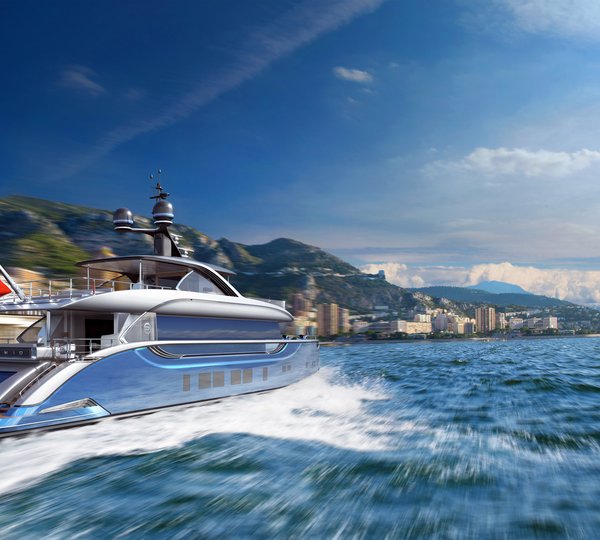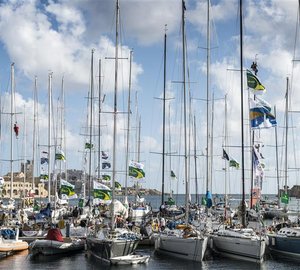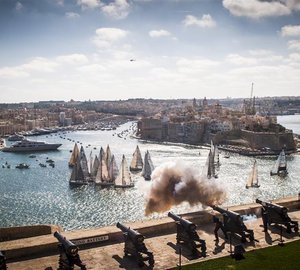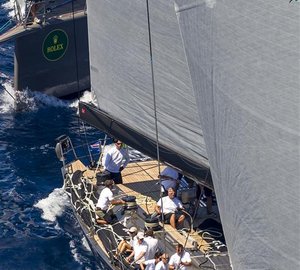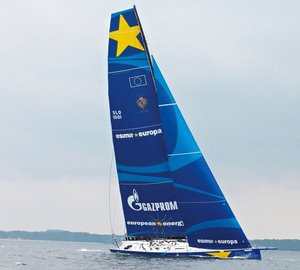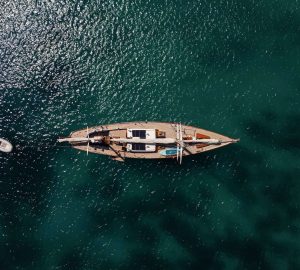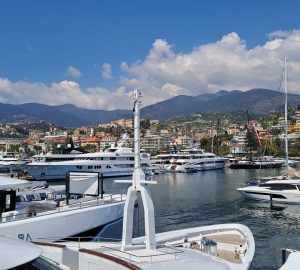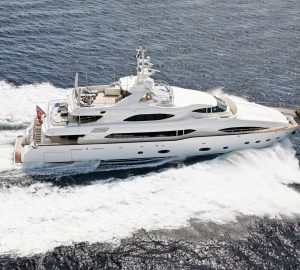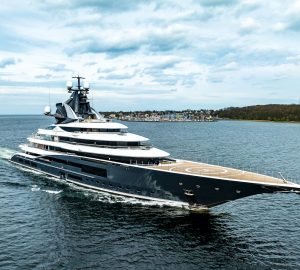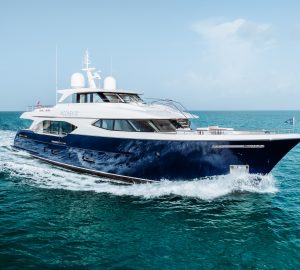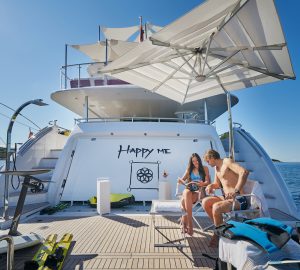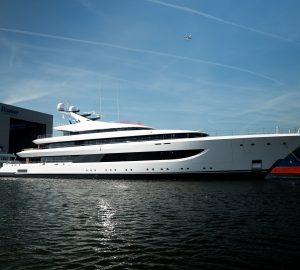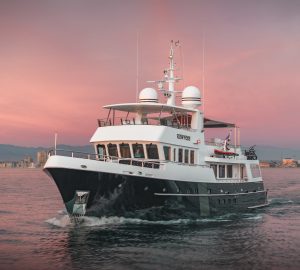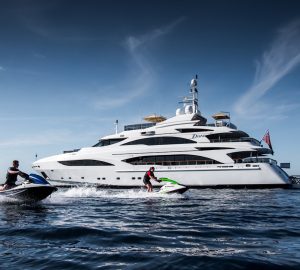As always, the Rolex Middle Sea Race kicked off in style. The opening the 34th edition of this popular race was marked by an amazing start sequence, set against Valletta’s sun, kissed limestone bastions and animated by the firing of cannons from the grandiose Saluting Battery.
For the second year running the sizeable watching public witnessed a record-breaking fleet depart from Malta ahead of a 606-nm anticlockwise loop around Sicily. 99 yachts from 19 countries easily surpassed the figure of 82 entrants from 2012. A remarkable ascendancy for the event organized by the Royal Malta Yacht Club and sponsored by Rolex since 2002. The reasons for its continued popularity are clear: a breathtaking race course, tactically challenging and scenic in equal measure, close competition throughout the fleet and, above all, the indomitable spirit of sportsmanship and camaraderie.
The 2013 race was characterized by light conditions, demanding patience and perseverance in the quest for small positional gains. The Kristina Plattner-skippered Maxi yacht Morning Glory from Germany claimed line honours as the race’s fastest boat while the Rolex Middle Sea Race Trophy for overall winner was awarded to B2 from Italy.
B2 is the answer
Michele Galli’s TP52 sailing yacht B2 ended an eight-year hiatus since the last Italian victory at the Rolex Middle Sea Race. On that occasion, Carlo Puri Negri’s Farr 70 Atalanta II scooped both of the race’s main prizes.
B2 arrived in Malta with winning intentions as Spanish navigator Nacho Postigo confirmed shortly before the race. “This is a boat which has a good chance as it performs well in both light and strong winds.” Almost exactly three days after the start, B2 was the eighth boat to complete the race. An impressive feat that saw her top the leaderboard on corrected time. Immersed in rapidly fading conditions, the chasing fleet would find it impossible to surpass the B2 benchmark.
The TP52 is a stripped-down racing boat, not designed for comfort rather constructed for maximum performance. It is a model that regularly performs well in the fickle world of offshore racing. Both Franck Noel’s Near Miss from Switzerland, winner of the 2012 the Giraglia Rolex Cup, and American Brian Ehrhart’s Lucky, Rolex Middle Sea Race winner in 2010, are TP52s.
B2’s success was one of persistence, teamwork and creative thinking in the face of adversary. On the second night the crew lost their onboard electronics, probably due to flooding. “We tried everything to reboot the system, but it simply didn’t work, all the displays went black,” explained Postigo. The solution relied on the height of modern cellular technology: one smart phone with a compass app strapped to wheel pedestal to maintain course and another phone loaded with digital cartography to plot position.
Technology may have provided a stopgap solution to the navigation, but in the absence of key instruments, the Italian-Spanish crew was forced to rely inherent nautical instincts and traditional methods to get the best from the yacht. “We ended up racing B2 like a dinghy and Francesco (de Angelis) had to call strategy almost completely blind – I don’t think he had more than two hours sleep!,” confirmed Postigo.
Expertly guided by de Angelis, B2 was able to avoid many of the traps the chasing fleet fell into. “It was a difficult race, the first time this team has done a race this long together. To arrive ahead of almost 100 boats is a great achievement,” explained de Angelis, no stranger to the course. Sailing an all out racing boat like a TP52 is not necessarily the most relaxing way to experience the Rolex Middle Sea Race. “We are very tired!,” he continued, “comfort is not really associated with a TP52 and we experienced everything: light, medium and some strong wind. Technically and physically it was a very challenging race. The key was not losing ground in the difficult moments or becoming blocked during periods of light air.”
Triumphant Return
Morning Glory returned to the Rolex Middle Sea Race for the first time since winning the competition in 2006. Derailed by a last minute technical hitch the 100-ft Maxi superyacht Esimit Europa 2, line honours winner during the last three editions, was unable to defend her title and consequently the chase for line honours was more open than in recent years. Morning Glory and the two competing 72-foot Mini Maxis yacht Alegre (GBR) and yacht Robertissima (ITA) began as favourites.
Morning Glory, Hasso Plattner’s 86-ft Maxi, skippered for the first time by his daughter Kristina, led from the start and was able to gain a march on her nearest rivals through the Messina Strait and the approach to Stromboli. While the race record of 47 hours, 55 minutes and 3 seconds was never under serious threat, her position at the front of the fleet was comfortable. “There were a few light patches in the north of Sicily after Stromboli. We got in the lee of the island and ended up with a lot of light running so it wasn’t conducive to getting the record. However, we never felt threatened by the boats behind us,” explained navigator Andrew Cape.
Fellow afterguard member Chris Nicholson agreed: “The conditions were lighter than predicted but that didn’t surprise anyone. This is a very changeable racecourse, which definitely keeps you concentrated. Weather forecast and routing software are not that useful, you have to see what is happening around you and react.”
Despite not being able to race the boat to anywhere near its full speed potential, most evident during the painful crawl to the finish line after just over two days and 16 hours at sea, the crew enjoyed their success. “The victory means a lot,” explained Kristina Plattner. “It is the first time my father has not been on the boat when I am here. I was quite scared beforehand to do this without him but I’ve known some of these guys for years and they looked after me really well. It’s been pretty awesome!”
Corinthian courage
Despite the difficulties encountered during the long week at sea, the vast or mainly Corinthian fleet revelled in the competition, its challenges and warm welcome on arrival back in Malta.
Massimo Juris and Pietro Luciani’s First 40.7 Blucolombre (ITA) won the increasingly popular and keenly contested double-handed class, where resources are stretched to the limit. “I originally entered the boat with a regular crew and then I saw there was already a lot of double-handed boats so I switched my preference,” explained Juris.
When pressed for his reasons for sailing double-handed, Juris admitted: “Sailing with just two people, there is more room on board. For an owner to manage a crew it’s always a big ask. In long races with a lot of people it can be uncomfortable.” On the other hand, sailing double-handed the hours are longer and responsibility greater. “You have to be available at all times,” continued Juris, “the watch shifts are very important, you have to manoeuvre continually as if you had a full crew. The legs are relatively short so you can’t put things off. We are always having to bang on the boat to suddenly wake the other one up!”
Racing fully-crewed and as a local sailor Edward Gatt Floridia, Maltese skipper of J/122 Otra Vez, could draw on greater Rolex Middle Sea Race experience. “Racing in light airs is very tiring, to keep the boat moving requires the whole crew to concentrate, even the off-watch have to wake up and move their weight to the correct side of the boat. The weather suited the bigger yachts this year.” The rare statistic of just one retirement demonstrates just how well prepared the largely amateur fleet was and their determination to finish the course, in spite of what the elements dictated.
Hopeful for a hundred
With the race over for another year, the Royal Malta Yacht Club is already looking to the future and is confident that the race will break the symbolic hundred entrant level next year. “The club speaks with many sailors and yacht clubs in the Mediterranean, word of mouth from sailors who have enjoyed the race helps. We have seen a big increase in the medium to smaller boats and amateur crews. Hopefully it will grow even more,” explained Commodore Godwin Zammit.
The 2014 Rolex Middle Sea Race will start on Saturday 18 October, 2014.

